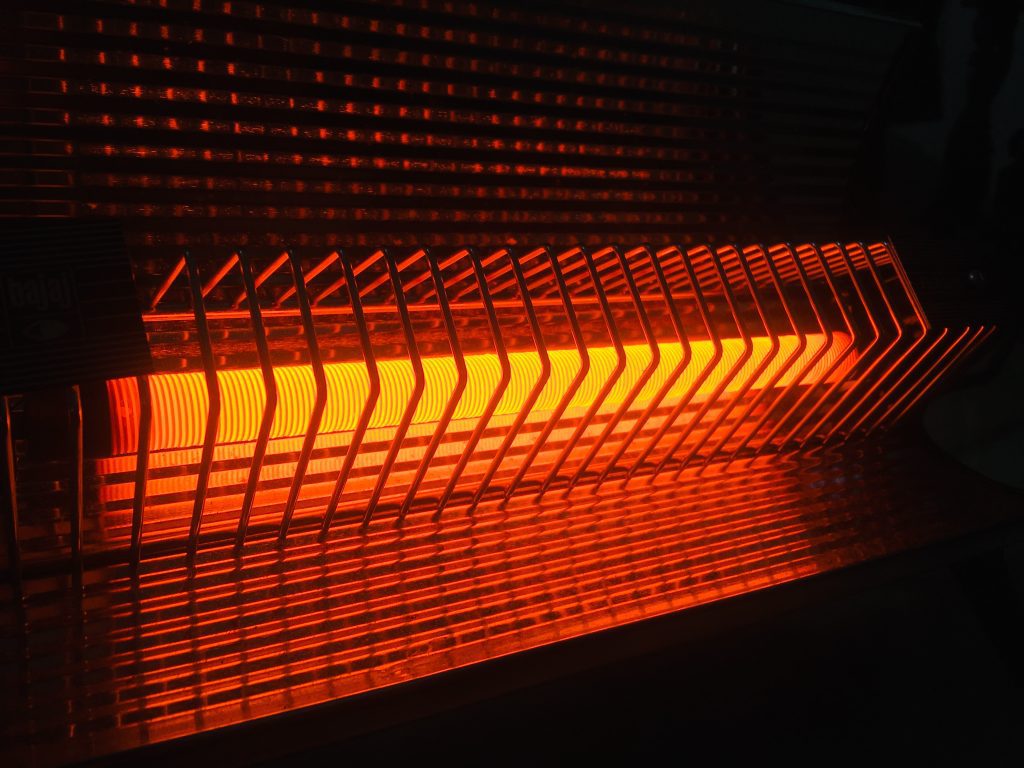Could Electric Infrared Wallpaper Be The Solution To Heating Problems In The UK?
Living in certain parts of the world requires radiators to keep people warm during the winter. But these appliances aren’t exactly environmentally-friendly. That’s why some people are choosing to take a different rout: infrared wallpapers.

Kris Bilski, an early adopter of the technology, has installed thin, metallic sheets behind the plaster of his walls connected to his house’s main electricity. These sheets emit heat through infrared waves, which heat up solid objects in the room directly.
Not only does this technology save energy, but it also offers the ability to heat rooms individually using an app. Despite electric wallpaper being presently more costly than gas-powered heating, Bilski intends to fit solar panels on his rooftop to supply energy to the wallpaper, resulting in long-term cost savings.
iHelios, the nearby company that manufactured Bilski’s electric wallpaper, is currently testing the technology with social housing providers in Hull and housing associations in Wales. This innovative approach to heating is thought to improve air quality properties by producing less mold and not drying out the air.
Nonetheless, specialists are doubtful about the operational expenses of electric wallpaper, highlighting that air-source heat pumps offer a more effective means of utilizing electricity to heat one’s home.

Although electric wallpaper might not be the ultimate solution to the UK’s heating problem, it is undoubtedly an innovative step towards a greener future. With the government aiming to phase out gas-fired boilers by 2035 and homes currently accounting for 17% of the UK’s greenhouse gas emissions, it is vital that alternative solutions are explored.
Electric wallpaper is an example of how technology can be used to combat climate change. If merged with sustainable energy sources, it could mark a significant stride towards a sustainable future.
